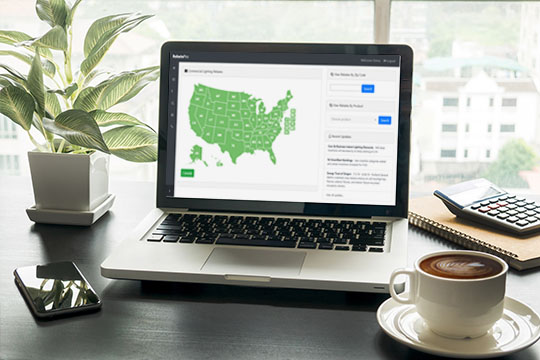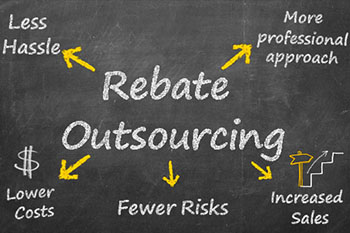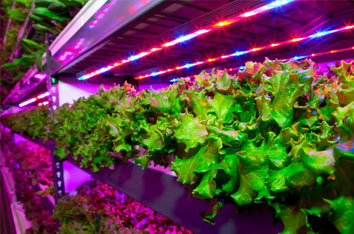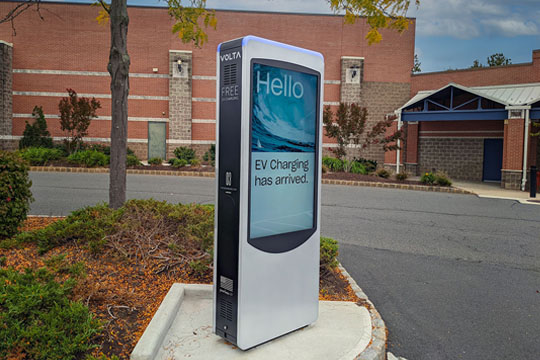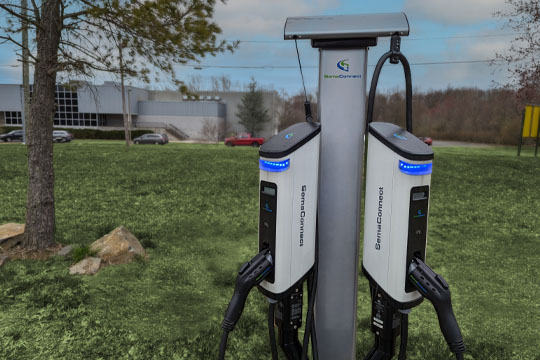This July, the Energy Independence and Security Act (EISA) will go into full effect, significantly impacting the lighting industry. This legislation was passed to enhance energy efficiency, reduce greenhouse gas emissions, and promote the adoption of more sustainable lighting options. Although the transition has been in the works for sixteen years, the upcoming changes will have implications that will ripple across the whole industry, including commercial lighting rebates.
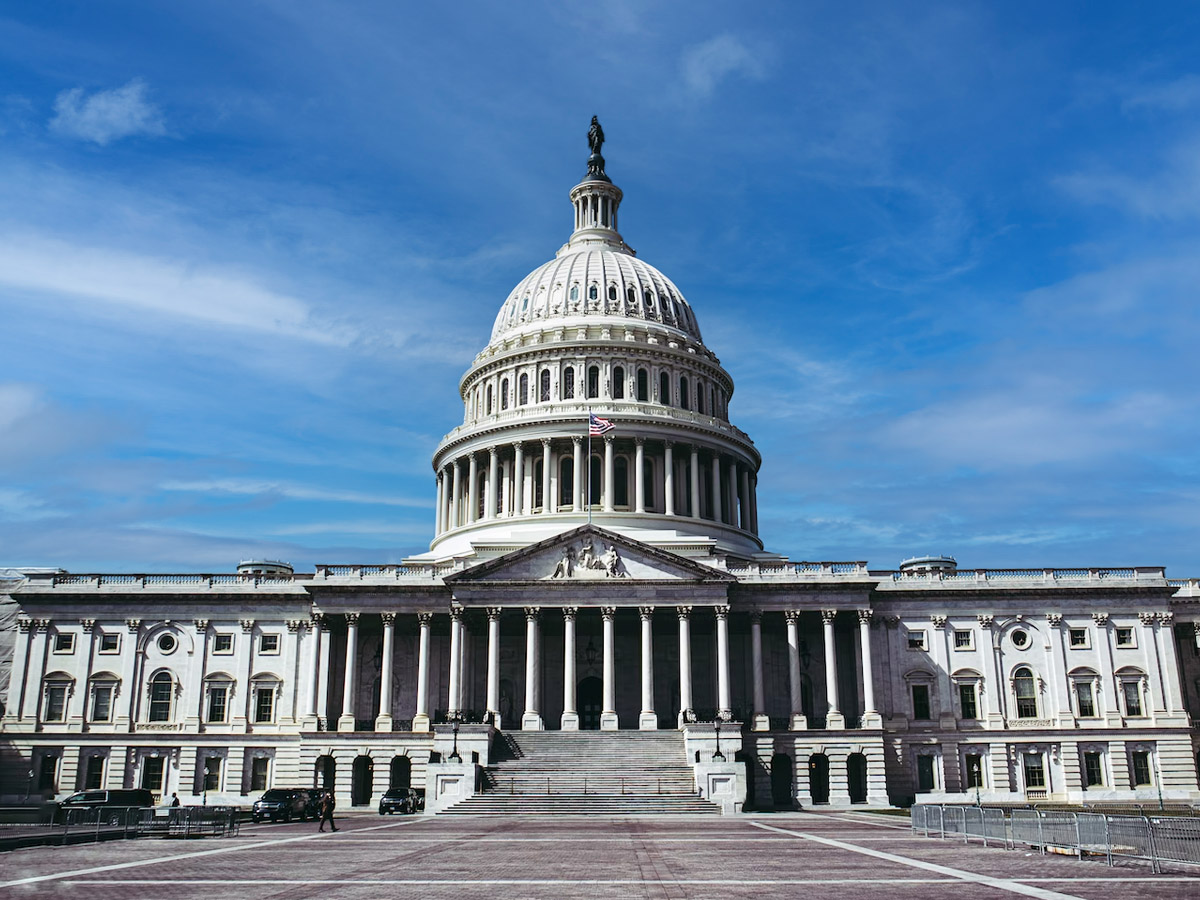
Understanding the EISA Legislation
The Energy Independence and Security Act was signed into law in 2007 to reduce energy consumption and promote energy independence in the United States. Among its various provisions, one of the most notable aspects is the phaseout of inefficient lamps. Although the law does not explicitly ban any particular lighting type, it mandates a minimum efficacy requirement of 45 lumens per watt (LPW), effectively rendering incandescent and halogen light sources obsolete.
The legislation applies to general service lamps (GSL) like A19s, PARs and decorative lamps. While these lamps are much more prevalent in the residential market, they are also used in commercial applications, such as hospitality and multi-family.
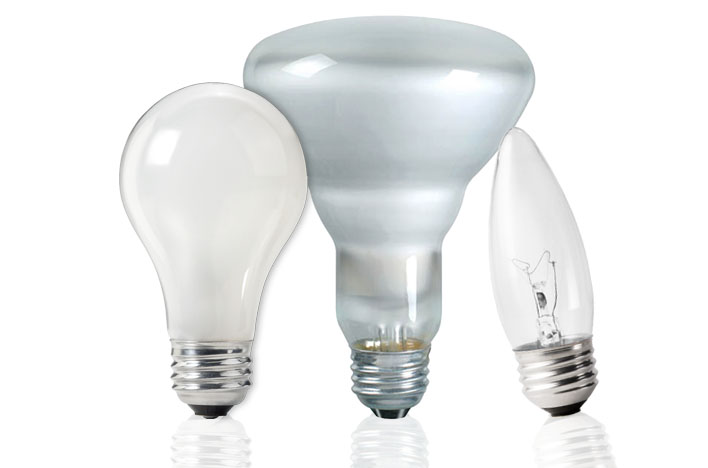

Earlier this year, the manufacture or import of these types of lighting was halted by the legislation. Starting in July, retailers will be prohibited from selling GSLs that do not meet the minimum efficacy standard, facing potential fines for non-compliance.
The Impact on Commercial Lighting Rebates
Commercial lighting rebate programs have been adapting their offerings in anticipation of the full implementation of EISA. Generally, these programs are adjusting in one of three ways:
1) Removal of Incentives for A19s, PARs, and Deco Lamps
Some programs have chosen to completely eliminate rebates for GSLs. Given that it will be increasingly difficult, if not impossible, for customers to acquire inefficient GSLs after July 1st, these programs deemed it unnecessary to continue providing financial incentives for switching to LED lighting.
Some programs started removing incentives for GSL as early as January, and many more will be phasing it out in the next month. Programs like Duke Energy's Smart Saver Program, Energizing Connecticut's Instant Lighting Program and the state-wide MassSave program will all stop incentives for screw-in lamps like A19s, PARs and BRs effective 7/1.
The programs most impacted by this change are the "instant" or "midstream" programs that have emerged over the years. These programs are run through participating electrical distributors, and the rebate is taken off the invoice directly at the point of purchase. Traditionally, these programs have focused heavily on screw-in replacement lamps, so this change effects them the most.
2) Adjusting Rebates That Are Calculated Based on Watts or kWh Savings
Another significant change is for programs that calculate the rebate based on energy savings. Since customers can no longer purchase the old inefficient lighting, some programs are adjusting the baseline for these calculations to reflect the new 45 LPW limit. For example, when measuring program effectiveness before EISA, a program could say a 60W A19 was replaced by an 11W LED, resulting in 49W savings. However, under the new guidelines, a 60W equivalent A19 (800 lumens) would have to be at most 17.8W. So if a customer installs an 11W LED, the program can now only claim 6.8W savings.
This increased baseline will mean lower incentive amounts for projects upgrading from traditional GSL lighting.
3) Programs Remain the Same
It is worth noting that not all organizations are modifying their programs to accommodate the changes brought about by EISA. Hundreds of different lighting rebate programs cover North America and many have not made, or announced, any changes that pertain to GSL yet.
Rebates Are Still Available for Most Other LEDs
This change doesn't mean that commercial lighting rebates as a whole will disappear. Rebates remain as compelling as ever for nearly all other types of LED lighting and controls. Currently, 78% of the US is covered by an active lighting rebate program, and some rebate categories are near their all-time highs.


Additionally, thirty-one rebate programs across North America are also offering bonus programs at this moment. A bonus program is when an organization provides increased incentives for a limited time to spur participation. It can be across all types of lighting or restricted to just a few product categories.
For lighting not impacted by EISA, rebates still remain one of the most powerful selling tools to get lighting projects approved. Make sure to research the incentive options early on to see how they might improve the payback of the proposed project.
Making Rebates Simple
BriteSwitch can help you find and take advantage of these commercial lighting rebates.
RebatePro for Lighting
By using RebatePro for Lighting you can see how each rebate program is adjusting because of EISA and find the areas with the best rebates for other lighting products and controls. It's a self-service option that lets you quickly find all the incentives you can use for your project. It makes rebate professionals more efficient and effective.
Rebate Processing Services
For those who want to get rid of the hassle of filing rebate paperwork altogether, we offer rebate processing services so you can outsource everything to BriteSwitch. Learn more about outsourcing rebate processing.


